Key eCommerce Trends Set to Dominate in 2024
Since its first hints in the 1960s, eCommerce has been accelerating at unprecedented rates. And you don’t need to dig deep; just look at the recent online market statistics – it grew from $1.47T in 2017 to $3.65T in 2023. Today's online market is as fast-paced as Formula 1 and as dynamic as a rollercoaster ride.
But it doesn’t mean you can’t catch up. You just need to stay ahead of the curve. And there’s no need to ask how because we already have the answer – customer feedback & eCommerce trend data. It’s an unusual combination, we know. But let us show how you can leverage this data to unlock your brand’s growth potential and maximize success in today’s bustling online marketplace. As a bonus, we’ll also explore proxies and how they fit into the mix. So, grab a cup of coffee, sit back, and prepare to soak in some knowledge!
Brand positioning
Brand positioning means making people aware of your brand and showing that it's something worth considering. It's not about what you do but how you do it. But how do you effectively position your brand as credible, trendy, unique, relevant, and all that good stuff? You’ve already guessed it – listen to your customer reviews and explore the newest eCom trends. Think of it as a goldmine! Let’s dig into it.
Customer reviews
When it comes to brand positioning, it’s essential to understand who’s seeing your online brand. A survey from eMarketer shows that the biggest group of online shoppers in the US are aged 25-34, which is over 40M people in total. The same customers will leave reviews about your products. Lean on these reviews to position your brand as:
- Relevant. Long-term relevance requires listening and staying true to your consumer wishes. Constantly monitoring feedback can help you remain customer-centric, anticipate customer needs, and focus on identifying unique selling points even as they evolve or change.
- Unique. Identifying and highlighting the unique aspects of your services and products through real consumer insights is a powerful strategy. People often see and notice things marketers don’t. This can certainly help you stand out in a competitive market.
- Credible. It’s critical to respond to positive and especially negative reviews, and do it quickly enough. According to ReviewTrackers, 53% of customers expect businesses to respond to negative reviews within a week. Moreover, companies who respond to at least 25% of their reviews make 35% more in earnings than unresponsive businesses.
“Positioning is finding the right parking space inside the consumer’s mind and going for it before someone else takes it.” Laura Busche

eCommerce trends 2024
eCommerce trends are crucial in shaping the digital landscape and can significantly impact your brand positioning. You can enhance your brand image and stay competitive online by aligning with the latest trends. One of the best examples is the environmentally conscious consumerism trend. As many as 3 in 10 consumers say environmental factors impact their decision to purchase from a company. Here are more eCommerce trends that contribute to brand positioning:
- AI chatbot speed drives popularity. Chatbot statistics are saying some interesting things. For example, 62% of consumers would prefer to talk to a chatbot than a human agent if the alternative was waiting 15 minutes for a response. The faster, the better! And if you develop your own chatbot, you can improve the accuracy and quality of your chatbots by providing them with more data through web scraping from the web and customer behavior. They’ll be more accurate in answering your customers' questions and encouraging them to buy.
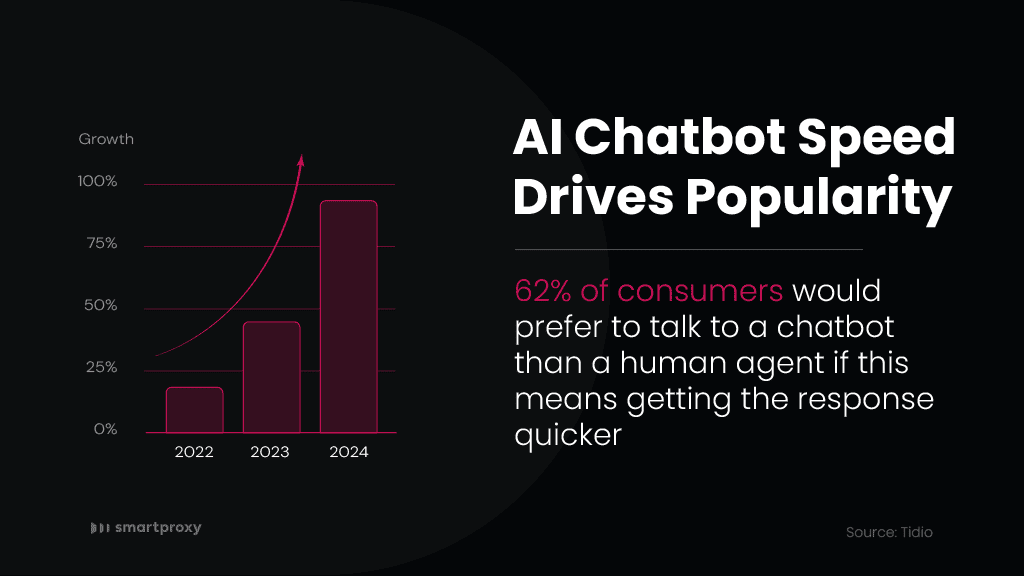
- Flexible payment encourages shopping. Positioning your brand as modern and flexible by implementing features like "buy now, pay later" options or subscription services if they align with your business model may increase revenue. Statista says the global BNPL transactions will increase by nearly $450B between 2021 and 2026. Who wouldn’t want to get a slice of this market pie?
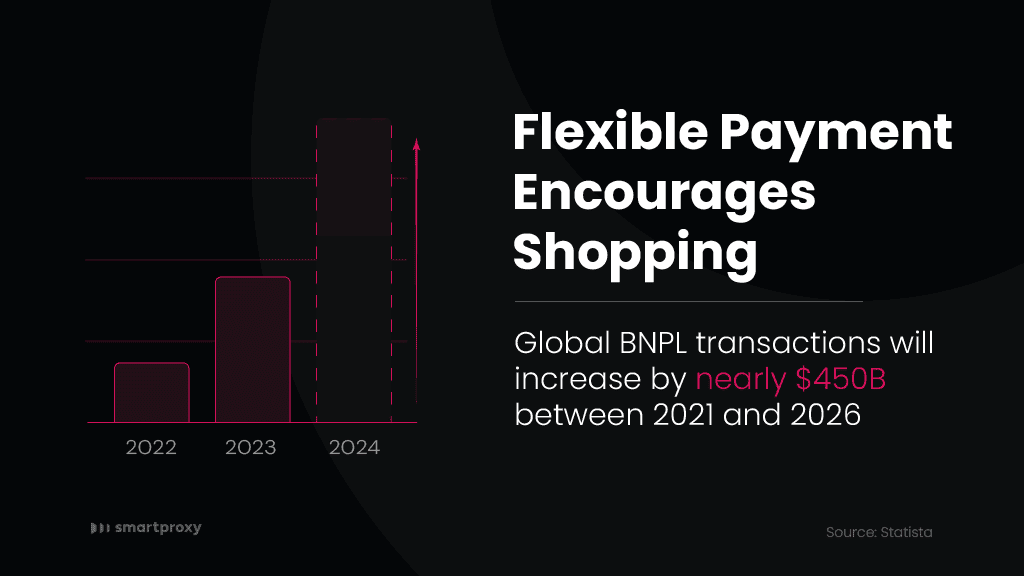
- Augmented reality boosts engagement. This trend has been dubbed a quiet eCom revolution. And for a good reason. Data shows that AR boosts engagement and makes buyers shop more if the technology is available. The newest technology can position your brand as unique because, so far, only a few retailers use this tech effectively.
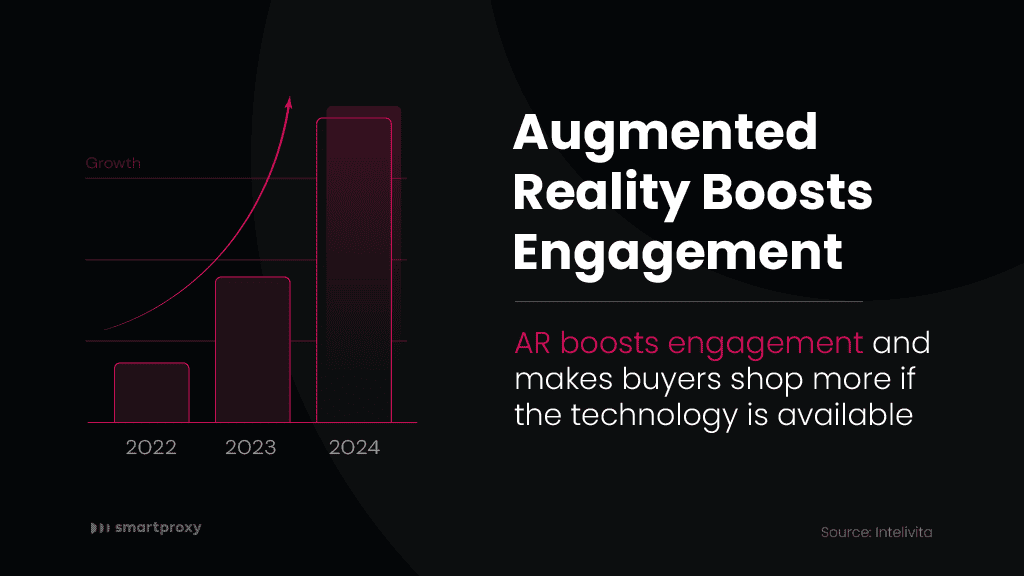
Ad campaigns
Ad campaign results are important for any business, especially a young one. Customer reviews and trends can bring your ads to a new life, making them resonate with your target audience on a deeper level. No more assuming what your customers need; it’s knowing what they need.
Customer reviews
Enhance your ad campaigns by providing authentic and unbiased perspectives on products or services. And don’t forget, it’s not only you reading the feedback. According to Bright Local, 98% of people read online reviews for local businesses. These reviews serve as valuable social proof, instilling confidence in potential customers and influencing their purchasing decisions.
- Customer personas increase ROI. You can develop customer personas based on preferences, unique needs, and pain points by analyzing customer feedback. Then, you tailor ad content to these personas, creating more engaging and relatable ads. The result? Drum roll, please! Adobe found that 89% of marketers see a positive ROI when they use personalization in their campaigns. Building customer personas is easier when you have data to work with. The web is the best source for customer data that can be scraped, parsed, and aggregated into clear, diverse personas.
- Emotions drive growth. Use consumer insights to reveal the product features and benefits. Then, you’ll easily highlight these features in your ad campaigns to address pain points and demonstrate how your product can solve problems and improve lives. A study by psychologist Daniel Kahneman showed that most decisions are based 90% on emotion and only 10% on logic. Solve a problem, evoke an emotion, and see your business grow!
- Showing reviews builds trust. It's a true classic, but still effective. Feature the most positive reviews directly in your ads. For example, Google provides the choice to incorporate content from your Google Business Profile's review section into your paid advertisements, and the best part is it won't cost you anything extra. Use it to your advantage!
"The best marketing doesn't feel like marketing.” Tom Fishburne
eCommerce trends 2024
Trends are a big reason why digital ad spending is projected to grow from $626.86B in 2023 to $835.82B in 2026. People love real-life ads and seeing something close to their values and personal. Explore how trends can help shape your ad campaigns for better results.
- UGC ads impact purchase decisions. User-generated content ads are among the most influential trends, combining customer testimonials and content marketing. Over 90% of consumers say that authenticity impacts their purchase decisions profoundly.
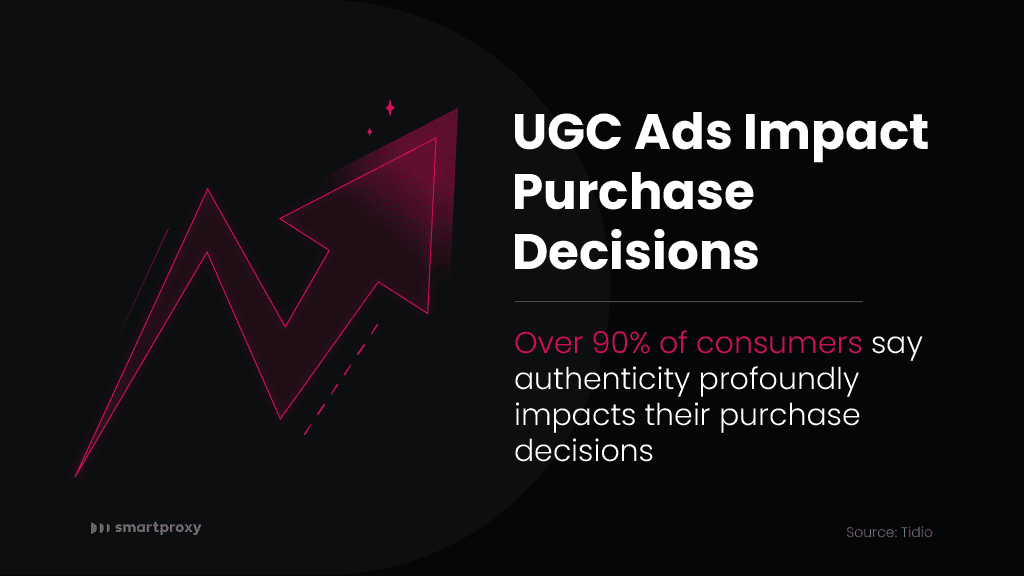
- Personalization makes customers return. A trend that has been swinging for the fence since the last decade. And it’s even more important now as a new generation is taking over online shopping duties. A survey published on Statista found that 56% of consumers were driven to purchase again from a retailer providing online personalization. Tailor ad content to data based on individual users’ browsing history, preferences, and past interactions to improve ad engagement and conversion rates significantly. You can further enhance your success through ad verification. Use proxies to test ads from various locations, verify links, and see how they are presented to your customers.
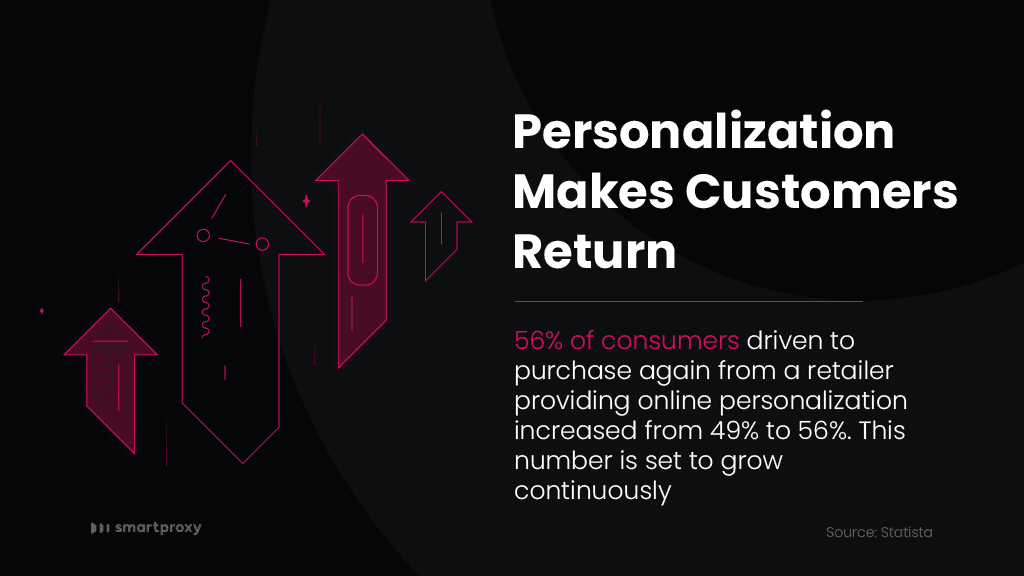
- Voice search grows in popularity. Last but not least is the upcoming eCommerce superstar. Synup says that 27% of searches in the Google App are now done by voice, and 1B voice searches occur monthly via mobile and voice search devices. Moreover, the voice recognition market is projected to achieve a $27.16B valuation by 2026, a significant increase from $10.7B in 2020. It might be the right time to optimize your PPC ads for voice search.
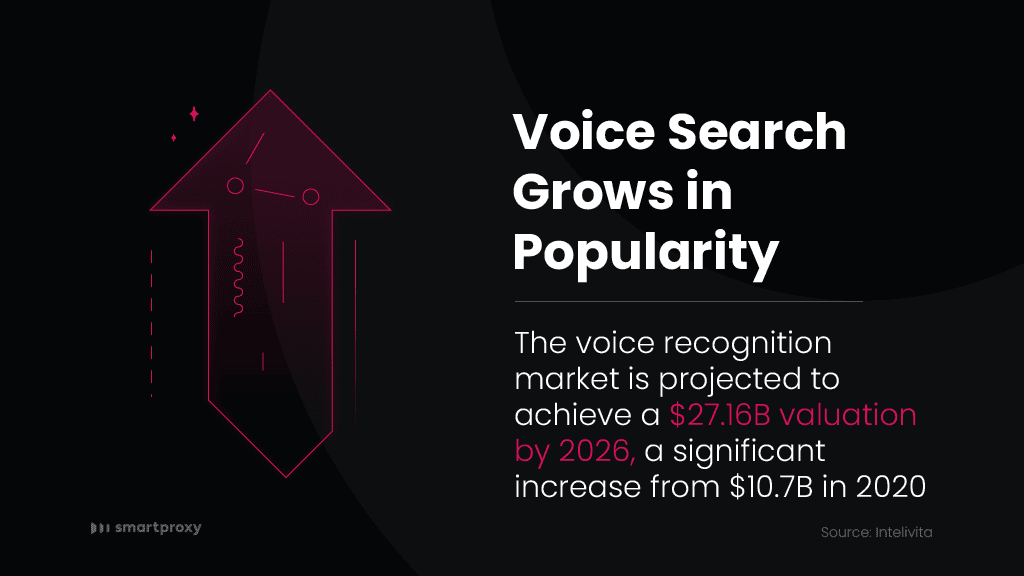
SWOT Analysis
Created in the 1960s, SWOT (Strengths, Weaknesses, Opportunities, and Threats) analysis remains a relevant technique for the strategic planning. Leading global companies like Subway or General Motors achieve success through its application. But have you ever considered customer reviews, surveys, and eCom trends as a data source for SWOT analysis?
Customer reviews
Use either surveys or online reviews as a data source to build your SWOT analysis. It’s a unique way to assess strengths and weaknesses while identifying opportunities and threats. Let’s dive deeper!
- Identifying strengths. Positive reviews highlight your strengths, showcasing what you're doing right. This information can help you reinforce and build upon your competitive advantages, focusing on what truly matters.
- Recognizing weaknesses. Negative reviews can uncover your weaknesses and areas that need improvement. Use this feedback data to address operational issues, enhance product quality, or improve customer service.
- Discovering opportunities. By analyzing customer feedback, you can identify new opportunities. For instance, clients may suggest features, services, or market segments you haven't considered. It’s also important to know that your services can probably reach beyond your usual borders. Through the usage of proxies, you can access geo-restricted websites and discover opportunities in a foreign market.
- Mitigating threats. You can also identify potential threats. If customers express dissatisfaction or mention competitors positively, this can signal areas where you need to defend your position or adapt to market changes.
“Try to look at your weakness and convert it into your strength. That's success.” Zig Ziglar
eCommerce trends 2024
Another unique source for your SWOT analysis is eCommerce trends in 2024, allowing you to see where your business can improve in the near future. Let’s see how trends can become your data.
- Strengths. You can consider the latest technology and trends in eCommerce as strengths, especially if they set you apart from your direct competitors. These can be our previously mentioned chatbots, augmented reality, and a well-designed website where you’re implementing the latest design and user experience trends. You can establish a solid online presence by managing multiple accounts simultaneously, which can be best achieved with X Browser.
- Weaknesses. Conversely, the weakness isn’t giving your eCommerce platform the latest trends treatment. An outdated website might lead to slow loading times, security vulnerabilities, or a subpar customer experience. In the mobile-first era, failing to optimize your website for mobile users can also be a significant weakness.
- Opportunities. Identify new sales channels through trends such as voice commerce or online marketplaces to explore fresh growth opportunities. As sustainability becomes a bigger trend every year, adapting your business to cater to eco-conscious consumers can also open up new markets and opportunities.
- Threats. Competition from online giants like Amazon, Alibaba, and other major players can threaten smaller businesses. Analyze how you can compete effectively or find a niche market. With increasing online transactions, eCommerce businesses are at risk of cyberattacks. Keeping up with security trends is crucial to protect your business and customers.
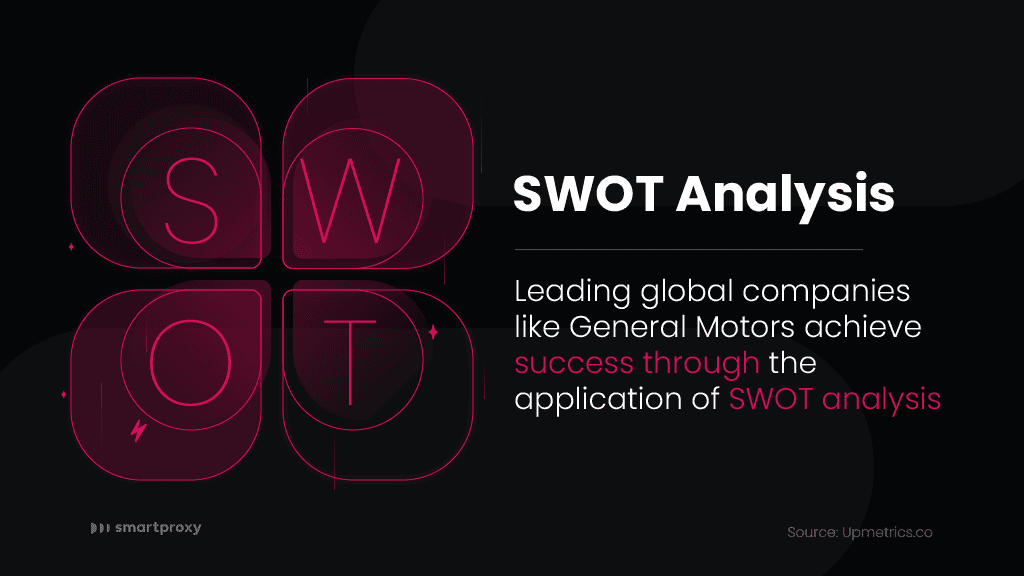
Content marketing strategy
Creating a content strategy is an essential multi-step process for any online business. And no, content isn’t going out of style. On the contrary, it’s more important than ever. This marketing report by Semrush tells the whole story – 45% of marketers say they publish more content more frequently, while another 42% say updating existing content has boosted their content marketing value.
“Content is king.” Bill Gates
Customer reviews & eCommerce trends
Let’s use a basic content marketing strategy template to see how customer reviews and eCom trends can enhance those steps.
- Step 1: defining goals. Analyze what customers like and dislike about your brand. These reviews will help you set specific, customer-centric goals for your content strategy, such as addressing common pain points or highlighting new selling points in various content pieces.
- Step 2: researching the market. Customer reviews are a bottomless treasure chest of information about your target audience. This data can enrich your market understanding and help you see a bigger picture to help you tailor your content to better resonate with your audience. Use proxies and scraping tools to gather data from various websites for price aggregation and what people say about your product. Check out our eCommerce Scraping API that will easily get you the needed data.
- Step 3: building a content calendar. Let the feedback and trends be your 24/7 ATM where you constantly cash out new ideas and inspiration. You can create fresh content that addresses your specific customer persona. Meanwhile, writing about eCom trends in your niche can become a game-changer if scheduled and posted while trends peak.
- Step 4: creating content. You can quote positive reviews in your product descriptions, blog posts, or social media content to build extra trust and confidence among potential customers. After all, 76% of enterprise marketers say content has become critical to their organization. It’s safe to say that content is still king!
Social media monitoring
A forecast published in Statista estimates global social media sales will reach around $2.9T by 2026. Now that’s power! Customer reviews paired with eCom trends can take your social media monitoring game to the next level. Here’s how.
Customer reviews & eCommerce trends
- Customer sentiment analysis. Social media monitoring tools can help you gauge customer sentiment by analyzing comments, reviews, and mentions analytically. Positive sentiment can be leveraged to create testimonial-based content and user-generated content (UGC) in marketing campaigns while negative sentiment can allow you to address and resolve your current business issues.
- Competitive analysis. Monitoring competitors' social media activity, using the latest trends and customer feedback, can provide valuable insights into their strengths and weaknesses. Use this data to identify gaps in the market and opportunities to differentiate your brand. You can also analyze their pricing strategies, product development, and marketing tactics.
- Content strategy. Analyzing the popularity of specific content types (e.g., videos, infographics, etc.) on social media platforms can help shape your content marketing strategies. Trending topics and hashtags can also guide you in creating relevant and timely content.
- Product development. Customer feedback on social media can offer product or service improvement ideas. Based on customer discussions and suggestions, you can identify pain points, unmet needs, and opportunities to enhance your offerings.
- Influencer marketing. Trending and popular influencers at the right time can be a game-changer for your brand. Monitor social media, identify influencers, and see if they’re effective for your competitors. Collaborating with these individuals can expand your brand's reach and credibility. As of 2023, the global influencer market stands at a $21.1B global value.
“Your brand is what other people say about you when you’re not in the room.” Jeff Bezos
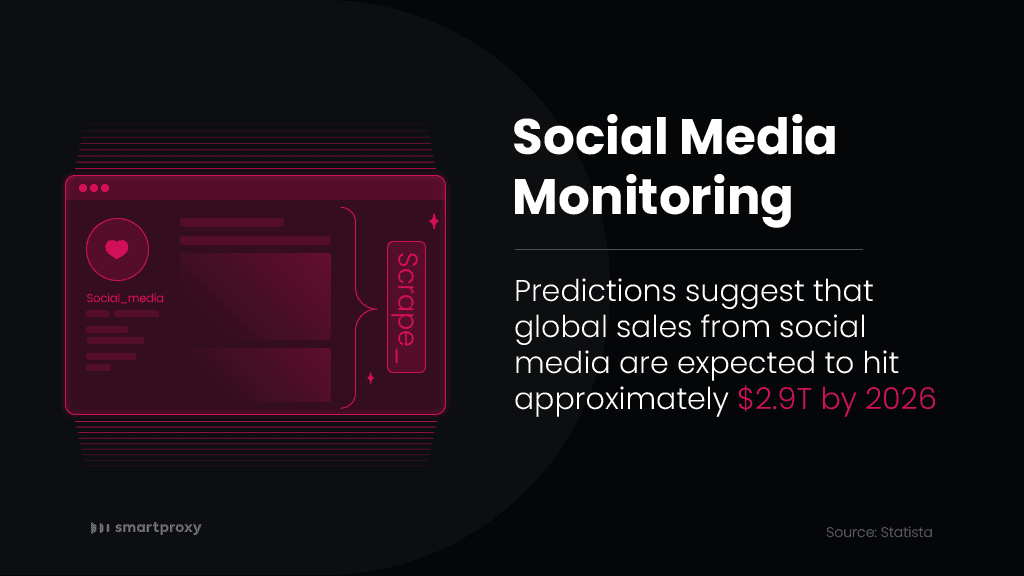
Brand mentions
If your brand is getting traction, don’t miss out on brand mentions. They can appear in many mediums, such as social media posts, blog posts, news articles, forums, etc. You can easily track these with the Google Alert function or specific marketing and SEO tools. Once you start collecting these mentions, you can turn them into data for analytical decision-making. But how do reviews and eCom trends play a role here, if at all?
Customer reviews
Brand mentions often come in the form of customer feedback. These reviews mention your brand specifically in the comment section somewhere, on an online forum, or as a product review article. This is how they can impact your business.
- Brand reputation management. Brand mentions, especially on high-traffic websites, can significantly impact your company's reputation. Monitor these mentions closely to address backlash and promptly implement PR strategies to enhance your online image. A positive reputation is essential for boosting customer trust and loyalty – this is particularly evident in this study from Harvard Business Review, which reveals that businesses with elevated loyalty scores experience a revenue growth rate 2.5 times faster than their counterparts in the industry.
- Market research & analysis. Brand mentions in online forums, and review platforms can offer businesses a wealth of consumer sentiment, preferences, and behavior data. Analyze these mentions to understand better your target audience and competitors to enhance product development, pricing strategies, and marketing campaigns. Through web scraping, you can quickly gather snippets of where your brand was mentioned from multiple websites, gather this data, and analyze it to find out the most common keywords, ideas, or other valuable information.
- Brand improvement. Customer reviews and mentions often include specific feedback about products or services. Let your brand use this to address issues raised in mentions and reviews, ultimately driving growth by retaining existing customers and attracting new ones.
“It takes 20 years to build a reputation and five minutes to ruin it. If you think about that, you’ll do things differently.” Warren Buffett
eCommerce trends 2024
The Internet is vast and rich in information. Brand mentions can lead to interesting ideas and allow you to see upcoming trends.
- Find trending eCom channels. Finding brand mentions in unique corners of the internet will give you new ideas for your omnichannel strategy. You can find trending eCommerce channels by monitoring mentions across channels and adapting strategies accordingly, allowing you to maintain a cohesive brand presence and drive growth.
- Overall trends. See what’s happening in the online world. Let the brand mentions expose you to new information, emerging trends, market shifts, and new points of view. This information will allow you to adapt your business strategies and stay ahead of the competition.
Customer demographics
Segmentation and specific demographic targeting are marketing classics that still drive sales in eCommerce. Customer feedback and the latest trends can help gather data to determine your customer demographics more precisely.
Customer reviews
Leverage small data bits like name, location, purchase history, etc., making your ads or emails more relevant and engaging. Mailchimp’s survey is a perfect example, showcasing how segmented campaigns had open rates 14.31% higher than non-segmented campaigns.
- Identifying customer preferences. Customer feedback, particularly about product preferences or features, can provide insights into the types of products or services that appeal to specific demographic groups. For example, if a certain age group consistently expresses a preference for a particular feature or design, this will identify the target demographic for that product.
- Segmenting customer data. Customer feedback can be used to segment your customer base into different groups based on common characteristics, such as age, gender, location, or buying behavior. By analyzing the feedback and looking for patterns within these segments, you can identify which demographics are more satisfied with your products or services and which may need more attention. Data segmentation can be used interchangeably as a whole massive script of operations. Scrape the web with proxies, gather the data, parse it, and have the code do the job for you.
- Refining marketing messages. By analyzing the feedback, you can better understand the language and tone that resonates with different demographic groups. This information can help tailor your marketing messages to specific audiences, ensuring your communication is more relatable and appealing to the target demographics.
- Identifying pain points. Customer feedback can highlight common issues or concerns that are specific to certain demographic groups. Addressing these pain points can improve customer satisfaction and loyalty among those segments. For example, if customers of a certain age group consistently complain about the usability of your website, you can focus on making improvements in that area.
eCommerce trends 2024
- Online shopping behavior. One of the silent trends in eCommerce platforms has been generating a wealth of data on how customers behave while shopping online. For example, you can track which products are popular among specific age groups, genders, or geographic regions, helping you understand the preferences of different demographic segments.
- Social media trends. Stay updated on eCommerce trends related to different ages, genders, and countries can significantly help you tailor your marketing efforts that resonate most with your target demographics.
- Artificial intelligence. eCommerce in 2024 is jumping on the AI trend as much as any other industry. With specific tools, AI algorithms can help analyze customer data to segment your audience based on demographics and behavior. This enables you to offer personalized product recommendations, marketing messages, and pricing strategies for different consumer groups.
- Shipping and delivery. Understanding trends related to shipping and delivery can help you meet the expectations of different demographic segments. Some customers may prioritize fast shipping, while others may prefer cost-effective options. By offering a variety of choices, you can cater to the preferences of diverse demographics.
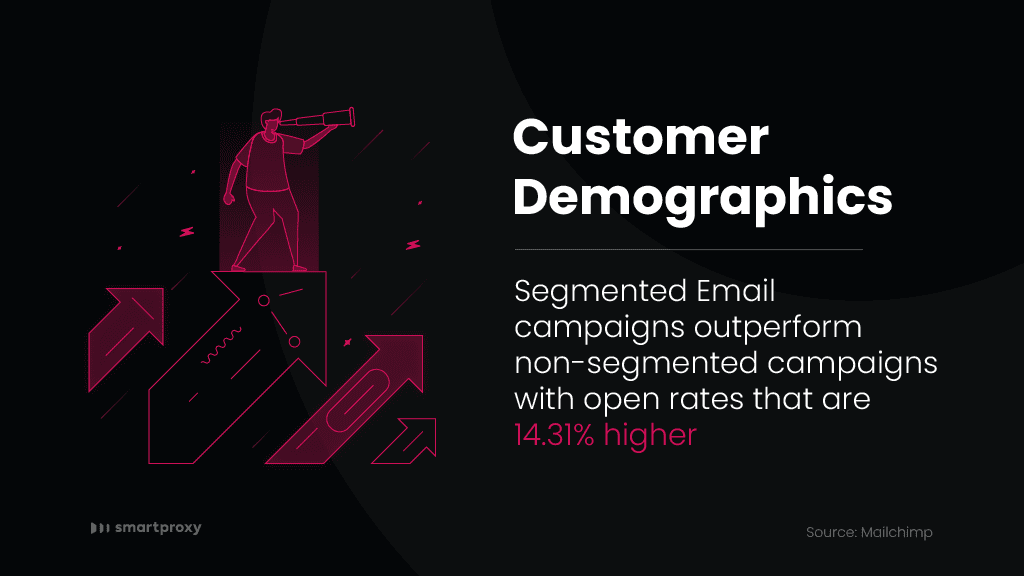
Customer data privacy and security
Building trust through transparency in customer data privacy and security is crucial for businesses in today's digital age. To achieve this, you can use customer feedback and stay informed about eCommerce trends to clarify how customer data is collected, stored, and used. Let us expand on this.
Customer reviews
- Customer surveys. Actively seek customer feedback through surveys, reviews, and direct communication channels to understand their concerns and expectations regarding data privacy. Use feedback to identify areas where customers are most concerned about their data, such as the type of data collected, the security of their information, and how it's used.
- Clear privacy policy communication. Some customer reviews might help you identify gaps in your data privacy communication. If so, create easily accessible and user-friendly privacy policies that outline how customer data is collected, stored, and used in plain language.
- Customer education. If customers express concerns about how their data is used for marketing, provide information on how they can opt out of certain data uses. Develop educational materials, such as blog posts, FAQs, or infographics, to explain your data practices and measures to protect customer information.
eCommerce trends 2024
- Secure data practices. See what’s going on in eCommerce and cybersecurity efforts. Implement strong data security measures others implement and see which cyberattack tactics are most popular.
- Staying current with trends. Keep a close eye on eCommerce security trends in 2024 and emerging data privacy and security technologies. Be prepared to adapt your practices in response to new developments to maintain customer trust. And as cybersecurity becomes a bigger trend each year, you can stay safe online using proxies that help you secure your data and remain anonymous.
How proxies can help with eCommerce data
Proxies are among the most important tools for efficiently gathering customer reviews and eCommerce data. The best way to gather data is through web scraping, an automated process of going through the web and collecting information. This comes with its own challenges, as many websites will employ anti-scraping measures to prevent you from easy access.
Unlock specific eCommerce data types with proxies
With high-quality proxies, you can avoid data collection issues. Here are the types of data you can get with proxies and web scraping:
- Product data. Use a pool of rotating proxies to distribute requests across different IP addresses, preventing detection. This will allow efficient high-volume extraction of information about products from various eCommerce websites, including product details, categories, brands, manufacturers, pricing, and reviews – perfect for supply chain management, inventory planning, pricing strategies, and customer retention efforts.
- Store data. Employ residential proxies with diverse IP locations to assist in scraping data from different regions. This will help you identify niche players in different markets, understand market dynamics, and make informed decisions about your future business strategies.
- Sales data. Gather specific sales data from eCommerce stores and direct competitors to optimize pricing, predict demand, manage inventory levels efficiently, and plan effective marketing strategies.
- Customer data. Stay undetected with proxies for long periods to scrape large volumes of consumer reviews and similar data. With this information, you’ll better understand online shoppers' purchase history, behavior, interests, and preferences to tailor your offers and marketing campaigns more accurately.
Choose a reliable proxy provider
All that’s left to do is use a trustworthy proxy provider such as Smartproxy! Since its founding in 2018, Smartproxy has created a perfect blend of affordability and features. Not only do they have over 1K positive reviews on Trustpilot, but they have also been awarded multiple times for their value. This means you’ll get top-notch performance without breaking the bank. Their best-seller – residential proxies have a staggering 55M+ proxy pool spanning 195+ countries, allowing you to set your sights on any city or state you choose.

Wrapping up
The road to maximizing eCommerce success is paved with valuable insights from customer feedback and trends. We hope this road is clearer now and you can position your brand with a more strategic advantage. And if you need eCommerce data, don’t underestimate the power of proxies. The dynamic world of eCommerce awaits. Now, go out there and crush it!
About the author

Martin Ganchev
VP Enterprise Partnerships
Martin, aka the driving force behind our business expansion, is extremely passionate about exploring fresh opportunities, fostering lasting relationships in the proxy market, and, of course, sharing his insights with you.
All information on Smartproxy Blog is provided on an as is basis and for informational purposes only. We make no representation and disclaim all liability with respect to your use of any information contained on Smartproxy Blog or any third-party websites that may belinked therein.









